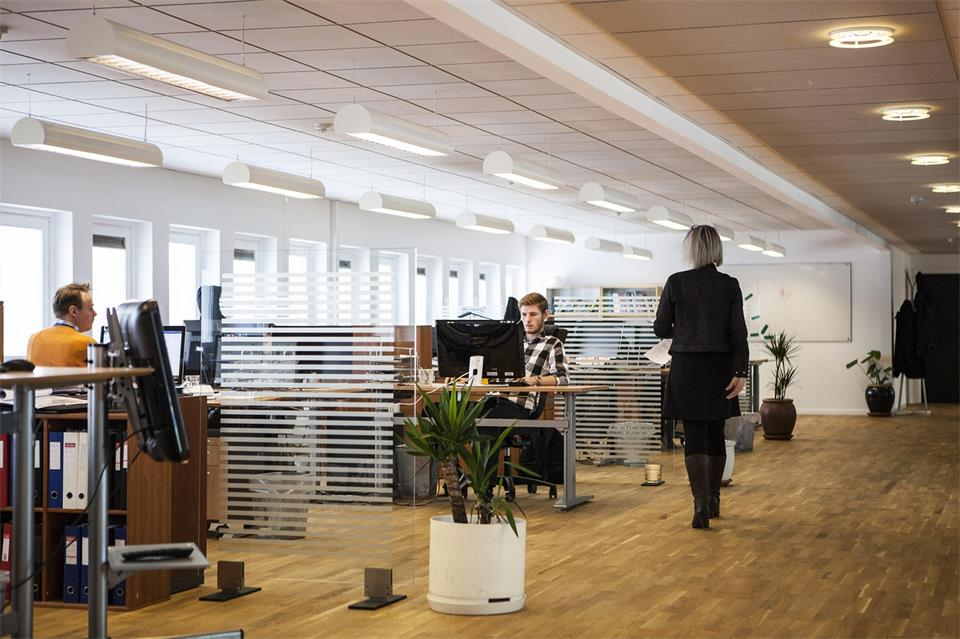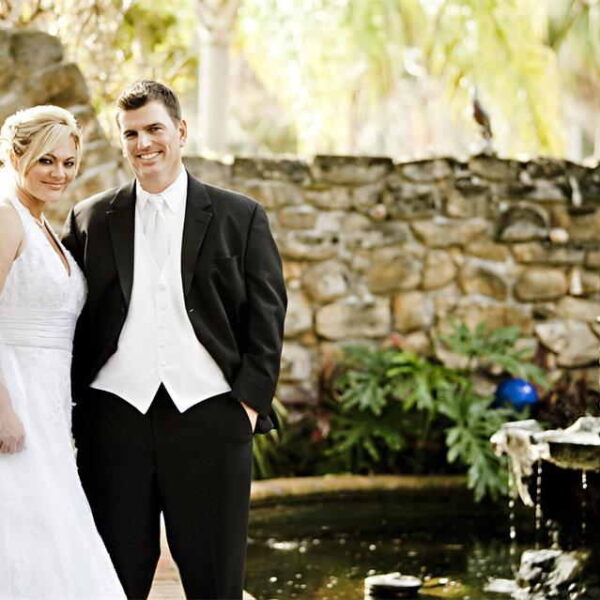What if one small hazard in your workplace cost you thousands in claims or permanently injured someone on your team?
That’s not an exaggeration. The majority of accidents in commercial spaces happen because something simple was overlooked. A wet floor. A poorly lit stairwell. A misplaced cord. Safety doesn’t hinge on extreme risks, it’s usually the small, routine things that go wrong when no one’s paying attention.
Creating a safer environment doesn’t mean rebuilding from scratch or spending a fortune. It’s about making smart, practical choices that protect the people who work for you and those who walk through your doors.
Do a Proper Walkthrough First
Before making any changes, take a fresh look at your space. Not just the parts customers see, but every room, hallway, entrance, and storage area. Try walking the same path your staff take each day. Check where delivery drivers enter. Notice how your customers move from the door to the till, or how employees access break rooms and stockrooms.
You’re looking for anything that could be a hazard. Loose wires, slippery surfaces, cluttered walkways, heavy items stored too high, poor lighting in corners or stairwells. It all matters.
Write down anything that feels even slightly off. Don’t rely on memory. Once that’s done, you’ll have a clear list of where to focus first.
Fix the Floors: Slips and Trips Are Still the Biggest Risk
Let’s get one thing straight – most injuries in everyday workplaces happen because someone slipped or tripped. These incidents aren’t rare. They’re common, and usually avoidable.
One of the simplest upgrades you can make is fitting non-slip door threshold covers. These sit over the threshold where people step through a doorway, and they provide grip, especially where flooring changes or moisture gathers near entrances.
It’s not just the main door that matters. Internal doorways with hard floors or transitions between carpet and laminate can also become slippery over time. A small fix here can prevent a fall that leads to a long injury claim.
Also look at entrances during rainy weather. Are there mats to catch moisture? Are they secured flat, not curled or bunched? And when spills happen, do your team have access to proper signage and know what to do immediately?
One quick slip can change everything. Prevention takes far less time.
Good Lighting Is a Safety Feature
Lighting is about much more than mood or visibility. If people can’t see clearly, they’re more likely to trip, drop something, or bump into hazards.
Check all the lights in stairwells, storerooms, corridors, and outdoor areas. Are there any flickering bulbs or spots that always seem dim? Are light switches easy to find? Could motion sensors help in low-traffic areas?
Natural light helps too, so if you’ve got windows blocked by storage or dusty blinds, clear them. A brighter space doesn’t just feel safer, it is safer.
Make Safety Part of How Your Team Works
No one wants to sit through long, boring safety talks, but that doesn’t mean training isn’t essential. What matters is that safety becomes part of everyday behaviour, not a once-a-year meeting.
Build habits into routines. When someone joins your team, walk them through your space and point out anything they need to know – where first aid kits are kept, what to do in an emergency, how to report a hazard.
Short reminders during team meetings go a long way. And lead by example. If you ignore that trailing cord or leave a spill for later, others will do the same.
Make Signage Work Without Overloading the Walls
Too many signs become background noise. People stop reading them. But too few, or unclear ones, and someone misses a critical instruction.
Focus on quality, not quantity. Wet floor signs, fire exit indicators, staff-only areas – these should be clearly marked, not hidden behind clutter or placed too low to notice. Use large, simple text and universal symbols where possible.
And make sure signs are positioned before a risk, not after it. A fire exit sign above a blocked door isn’t just useless, it’s dangerous.
Keep Dangerous Items Stored Correctly
If your business uses any chemicals, even basic cleaning fluids, make sure they’re stored and labelled properly. Containers should be sealed, stored upright, and kept in a dedicated cupboard or room if possible.
More importantly, your team should know how to handle these items safely. They should also know what to do if there’s a spill or if someone is exposed to something harmful.
Don’t wait for an incident to start paying attention to labelling. Many accidents happen because someone assumed a bottle was harmless or forgot how to use it safely.
Keep Things Tidy and Easy to Reach
A cluttered workspace creates chaos. It also creates hazards. Boxes on the floor. Tools left out. Shelves that are too full. It all adds up.
Here are a few rules worth sticking to:
- Store heavy items at waist height – This reduces strain and risk of dropping.
- Label storage clearly – So people don’t need to guess what’s inside.
- Keep walkways fully clear – No boxes, chairs, or wires blocking paths.
- Regularly review storage areas – If something isn’t used often, find a better spot or get rid of it.
- Never stack above head height – Especially with awkward or unstable items.
When everything has a place and nothing blocks a path, the whole space feels more controlled and safer to move around in.
Don’t Forget Seasonal Hazards
Risks change throughout the year. Wet floors from winter rain. Slippery leaves at the entrance. Heat creating uncomfortable or unsafe conditions in poorly ventilated areas.
Each season brings something different, so plan ahead. You don’t need to redo your whole setup every few months. But reviewing your safety plan as seasons shift will help you stay ahead of problems.
Small changes like using fans during heatwaves or gritting entranceways in winter go a long way.
Routine Checks Matter More Than You Think
Safety isn’t something you fix once. It needs ongoing attention. Make a habit of walking your space weekly, even briefly. Fix loose tiles, replace broken lights, remove anything that’s become a trip hazard. Keep a log of maintenance checks if needed.
When safety becomes part of your routine, issues get solved early, not after an accident.
Safety That Builds Trust
People can feel when a space is looked after. When lights are working, floors are clean, and pathways are clear, your business feels more trustworthy. That matters to your team. It matters to your customers too.
You don’t need complex systems or expensive upgrades to make your business safer. Just a clear head, a good checklist, and a habit of paying attention.







Leave a Comment